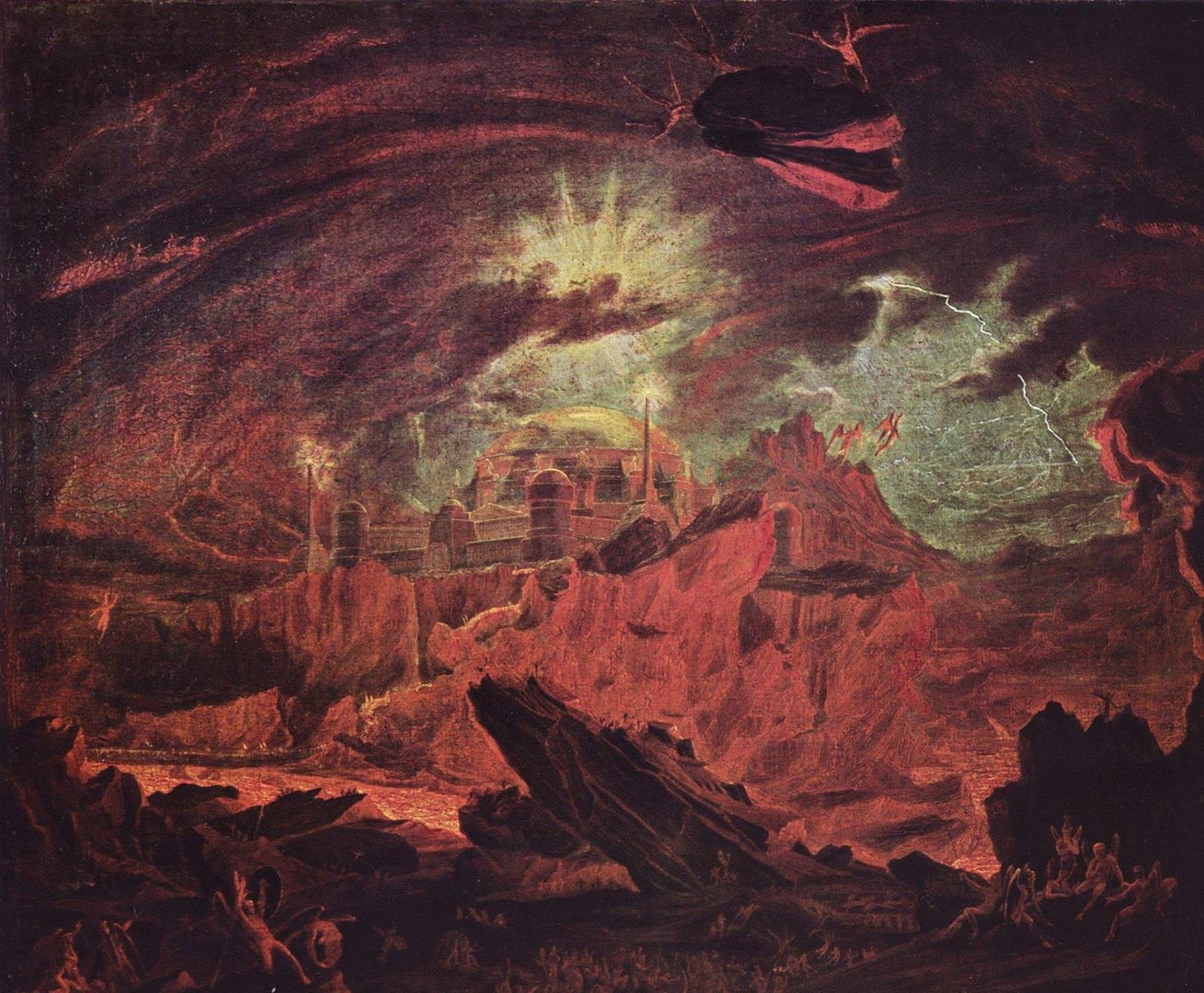
 King Hsuan (827-783 BC) according to Chinese legend executed his minister, Tu Po, on false charges even after being warned that Tu Po's ghost would seek revenge. Three years later, according to historical chronicles, Tu Po's ghost shot and killed Hsuan with a bow and arrow before an assembly of feudal lords. The Chinese philosopher, Mo Tzu (470-391 BC), is quoted as having commented:
King Hsuan (827-783 BC) according to Chinese legend executed his minister, Tu Po, on false charges even after being warned that Tu Po's ghost would seek revenge. Three years later, according to historical chronicles, Tu Po's ghost shot and killed Hsuan with a bow and arrow before an assembly of feudal lords. The Chinese philosopher, Mo Tzu (470-391 BC), is quoted as having commented:"If from antiquity to the present, and since the beginning of man, there are men who have seen the bodies of ghosts and spirits and heard their voices, how can we say that they do not exist? If none have heard them and none have seen them, then how can we say they do? But those who deny the existence of the spirits say: "Many in the world have heard and seen something of ghosts and spirits. Since they vary in testimony, who are to be accepted as really having heard and seen them?" Mo Tzu said: As we are to rely on what many have jointly seen and what many have jointly heard, the case of Tu Po is to be accepted."
The Hebrew Torah and the Bible contain few references to ghosts, associating spiritism with forbidden occult activities cf. Deuteronomy 18:11. The most notable reference is in the First Book of Samuel (I Samuel 28:7-19 KJV), in which a disguised King Saul has the Witch of Endor summon the spirit of Samuel. In the New Testament, Jesus has to persuade the Disciples that he is not a ghost following the resurrection, Luke 24:37-39 (note that some versions of the Bible, such as the KJV and NKJV, use the term "spirit"). In a similar vein, Jesus' followers at first believe him to be a ghost (spirit) when they see him walking on water.
Ghosts appeared in Homer's Odyssey and Iliad, in which they were described as vanishing "as a vapor, gibbering and whining into the earth." Homer’s ghosts had little interaction with the world of the living. Periodically they were called upon to provide advice or prophecy, but they do not appear to be particularly feared. Ghosts in the classical world often appeared in the form of vapor or smoke, but at other times they were described as being substantial, appearing as they had been at the time of death, complete with the wounds that killed them.
By the 5th century BC, classical Greek ghosts had become haunting, frightening creatures who could work to either good or evil purposes. The spirit of the dead was believed to hover near the resting place of the corpse, and cemeteries were places the living avoided. The dead were to be ritually mourned through public ceremony, sacrifice and libations, or they might return to haunt their families. The ancient Greeks held annual feasts to honor and placate the spirits of the dead, to which the family ghosts were invited, and after which they were “firmly invited to leave until the same time next year”.
The 5th century BC play Oresteia contains one of the first ghosts to appear in a work of fiction.
The ancient Romans believed a ghost could be used to exact revenge on an enemy by scratching a curse on a piece of lead or pottery and placing it into a grave.
Plutarch, in the 1st century AD, described the haunting of the baths at Chaeronea by the ghost of a murdered man. The ghost’s loud and frightful groans caused the people of the town to seal up the doors of the building. Another celebrated account of a haunted house from the ancient classical world is given by Pliny the Younger (c. 50 AD). Pliny describes the haunting of a house in Athens by a ghost bound in chains. The hauntings ceased when the ghost's shackled skeleton was unearthed, and given a proper reburial. The writers Plautus and Lucian also wrote stories about haunted houses.
One of the first persons to express disbelief in ghosts was Lucian of Samosata in the 2nd century AD. In his tale "The Doubter" (circa 150 AD) he relates how Democritus "the learned man from Abdera in Thrace" lived in a tomb outside the city gates in order to prove that cemeteries were not haunted by the spirits of the departed. Lucian relates how he persisted in his disbelief despite practical jokes perpetrated by "some young men of Abdera" who dressed up in black robes with skull masks in order to give him a fright. This account by Lucian notes something about the popular classical expectation of how a ghost should look.
In the 5th century AD, the Christian priest Constantius of Lyon recorded an instance of the recurring theme of the improperly buried dead who come back to haunt the living, and who can only cease their haunting when their bones have been discovered and properly reburied.
No comments:
Post a Comment